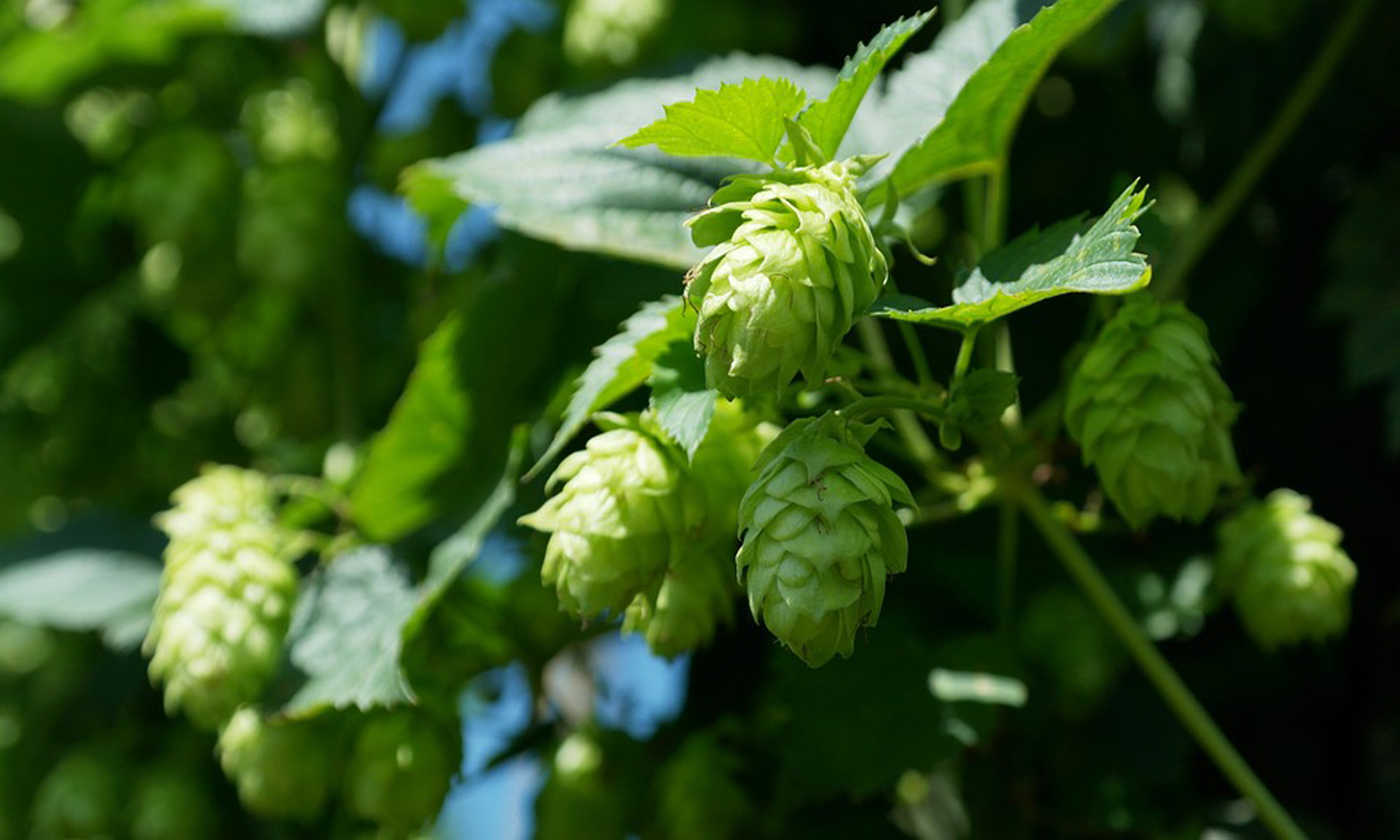If your thinking about diving into all-grain brewing and have been reading different articles online about how to do it, you have come across the last one that you will need to read. All-grain brewing is really not that hard, in fact it’s easy.
To make the switch to all-grain brewing we’ll go through a comprehensive step by step series answering the questions of, “Why, What & How?” The first real question that needs to be answered though is, “Why?”. After we get that addressed, we can move on. Our goal with this step-by-step guide is to be able to make your switch into all-grain as easy as possible. You will be confident enough with the idea of all-grain brewing your first will not only a sucess but, you will have the knowledge to teach your friends and family how to all-grain.
Exctract brewers will normally ask a few questions when getting intrested in the world of all-grain. I have a feeling that these questions are based off of assumptions of some loose, “facts” that are on the internet that should be cleared up before we dive in any further. Time to tackle these one by one so we can get clarification and move on to the next step. Just a quick note: I do both extract with specialty grains and all-grain. It just depends on what mood I’m in, I’ll switch between the two. Both are fun to me and also I really don’t care which one I do. To me one isn’t better then the other, it’s all around fun. So I really have no bias, just telling you how I see it.
Is all grain brewing cheaper?
Sometimes it can be. A lot of people think that all-grain brewing is cheaper then extract brewing. It is, in a sense that grains such as base malts are less expensive then malt extracts but in all actuality the difference is not a ton cheaper if you are just buying recipe to recipe (10lbs-15lbs of base malt at a time). You save money doing all-grain brewing when you buy your base malts by bulk.
To show this, here is the following example from my own personal experience.
A 50 lbs bag of 2-row cost ruffly $45. When I all-grain brew I usually use on average 10 lbs of base malts. So one bag can get me 5 recipes out of it. So we start with now $9 dollars a recipe. Then you can assume using a few specialty grains, we’ll call it $5 worth of specialty grains just to make it easy – so we’re up to $14. Throw in a few hops $5 dollars worth, up to $19. And that’s where it stops for me because I culture my own yeast, but if you didn’t put on another $7-8 for good liquid yeast. At the end of it your spending $26 per recipe. So it’s $13 per case of brew. Now that’s what I call saving money. If you can culture your own yeast (which we have a post about it) you can make brew for about $9.50 per case. But if you’re brewing per recipe figure that 10 lbs of 2 row might cost about $15-$20, so per recipe with that in mind you would be spending about $37 per recipe ($18.50 per case). See, not a huge savings compared to when buying by bulk.

Going back to it, do you save money? If you buy bulk you will. In the beginning for your first few all-grain brews, just buy for the recipe and find out what base malts you like. Once you know what you like and have tried a bunch out, that’s when I would get a big bag. My guess is it’s going to be 2-row or M.O. But that’s up to you and what recipes you tend to make.
Does it really taste better?
I personally love this one. If your an all-grain brewer (including myself don’t forget) you are going to have to answer, “Yes it taste better”, you just have to! If you didn’t why are you spending twice as long brewing if your really not saving that much money batch to batch? So the answer is yes… kinda…
Honestly, I make some really good extract with specialty grain brews. Some which most people wouldn’t know if its all-grain or extract brews. At the end though people say that extract brewing has a tang to it. I’m not really sure what this, “tang” is. Never tasted it honestly. But trust me, I believe you if you are reading this, and you happen to be the person telling me about this so called, “tang” in the beer. I can tell you I haven’t had a, “tang” like flavor all-grain brewing.
Figure this though, (and I guess this is a legitimate argument) the brews that you buy from the store are made with an all-grain method, not extract. So there has to be some truth in it tasting a certain way, “better” might not be the word I’m looking for, but who knows.
To get back to the answer. Couldn’t really tell you if it taste better. All-grain brewers have an unspoken rule, it’s to say there beer taste better when it’s all-grain verses extract.

Do you have more control?
If you know what your doing, yes. If you don’t know what your doing you can screw up your all-grain by accident because of the level of control you do have.
The best way to think of this is driving a stick versus an automatic. If you know how to drive stick it can be pretty fun. You can really do exactly what you want to do, you can shift up and down making the car operate to the level that you want, maybe even show off. Until you figure it out though, normally it can be discouraging and or annoying making you scream, “WHY CAN’T I JUST DRIVE?!”.

So just know that you will have more control. What is that particular control and how to use it will be another post.
Is all-grain brewing harder?
Simple answer is, nope. A lot of people especially home brew shop owners and for the love of G-d I don’t know why, make all-grain brewing out to be some algorithm that makes you believe you have to be, “The chosen one” to understand it and have the ability to figure it out. Truthfully that is the biggest fib I’ve ever heard. Just remember, people were brewing all-grain beer by candel light. With the technology and advancements we have today, easy as pie.

I just have to put this out there once and for all (not that it really will change anything anyone else will say), all-grain brewing is not any harder, of course like anything in life you can make it harder, hell you can make it near impossible but if you are just trying to brew a batch of beer with only grains; not hard.
That’s not to say it doesn’t take longer. It takes about twice as long. For your first all-grain batch, we’ll walk you threw it all step-by-step when we get to that point. But if you didn’t want to do our recipe expect it take 6 hours (doing our recipe plan for about 4 hours start to finish, but we’ll see what we end up doing). No joke. After that you can usually expect 4 hours once you figure out how to multitask through the whole process. For your first batch if your riding solo with no help you will be figuring out how to do everything and when to heat water when to do this and that, so it takes longer. So here’s a quick piece of advice, start it in the morning for your first batch if possible.
Is it expensive to get the hardware for all-grain brewing?
You don’t need complicated stuff to get started. Everything that you need you can either build it yourself, or get at a homebrew shop. You don’t need a complicated brewing sculpture that cost $6000 to get started, even though they are pretty sweet.
Another post is going to be about building the stuff you need on a budget. We’ll have step by step instructions on how to do it as well.

So at the end of it why do I personally do it..?
For me brewing is fun, I don’t take it too serious, it’s a hobby that I honestly just enjoy. It’s not about the money that you save or the control I just think that all- grain brewing is just a lot of fun for a couple reasons.
I enjoy making beer from scratch. I’m part of the whole process from start to finish. Pretty cool. Ya it takes 4 hours instead of 2 but, the fact of the matter is if I got time to kill or I know some buds want to smoke a cigar and drink some brews doesn’t really matter to me. Another reason I enjoy it is you can make some recipes that are near impossible to make if your just an extract with specialty grains brewer. Some all-grain recipes have you using base malts like, munich, vienna, rye. Any of those don’t have an equivilant or an easy one for extract brewing.
Like I said, I do both extract and all-grain brewing. I wish someone would have told me when getting started into the hobby of brewing my own beer just to buy all the stuff that I needed to get for all-grain. All-grain equipment can be used for extract with specialty grain brewing but not the other way around. When I got started brewing I heard the same stuff that most everyone else heard, “You should do X amount of recipes before doing an all-grain recipe.” Except, I have given the complete opposite advice to some customers. If they tell me they are thinking about doing all-grain, I tell them, “Do it.” If all else fails you will have the stuff for extract brewing if you don’t like all-grain brewing.
Conclusion:
Now that you know some main over points with all-grain brewing, and if your still thinking about it’s time to make the next step. We’ll discuss that as a part of our series of extract to all-grain.
If you live in an apartment where you can’t use a burner, it does make a bit more tricky. So I’m thinking about putting a special bonus together for those that can’t have use much equipment for all- grain brewing. Should be fun, and pretty old school also.
So that really is it as an overview of the all-grain brewing madness, now the journey continues.
NEXT STEP CLICK HERE













